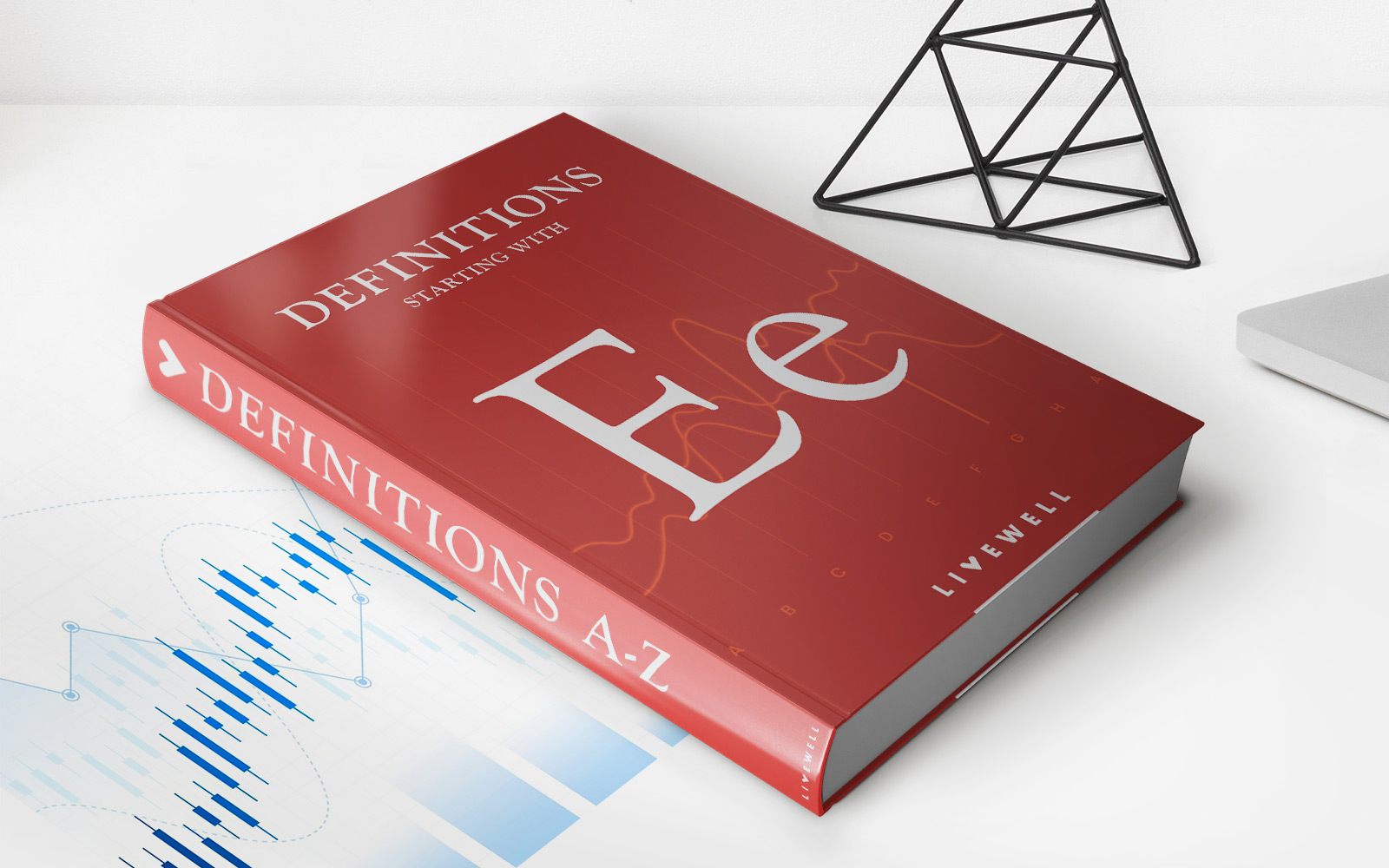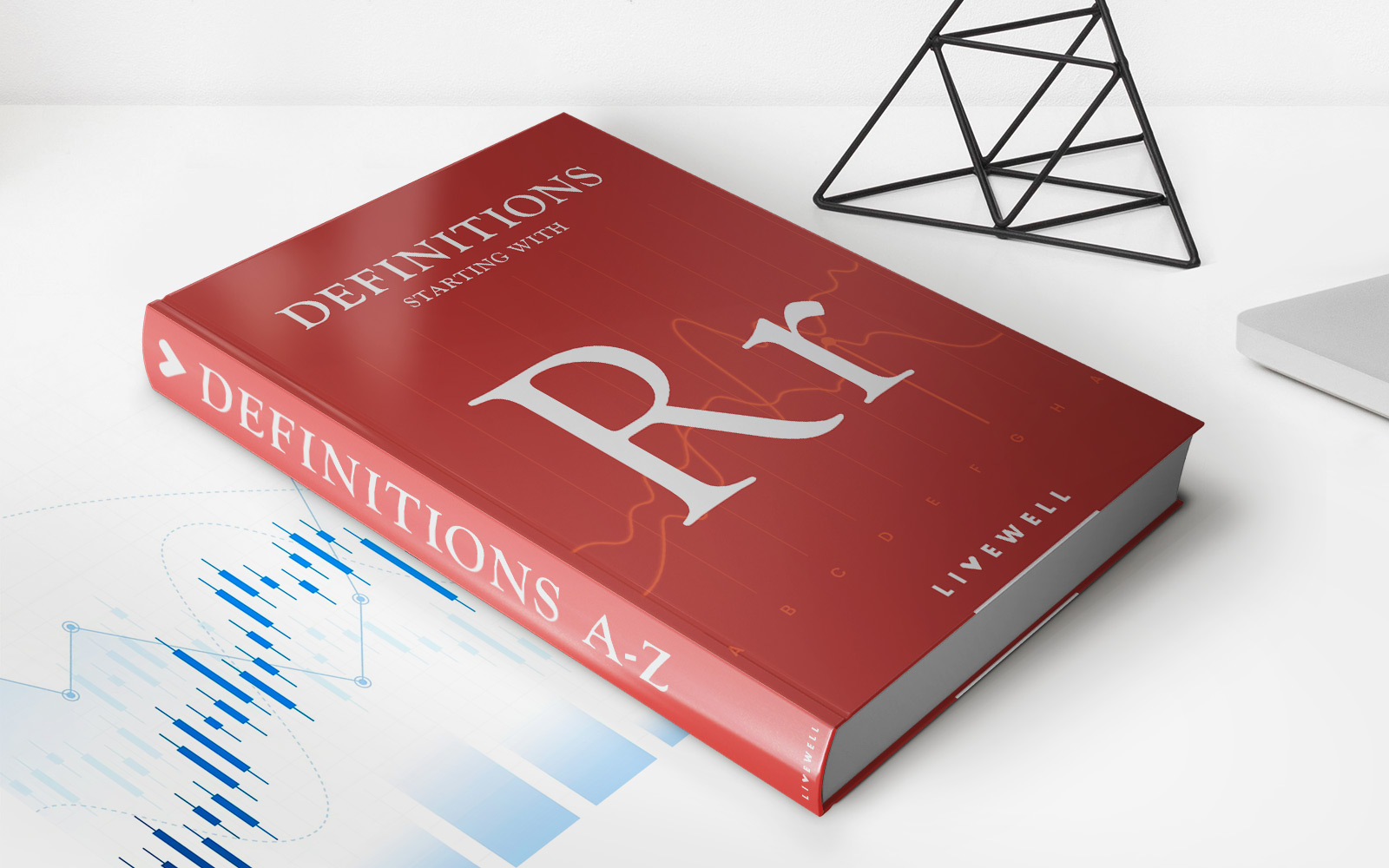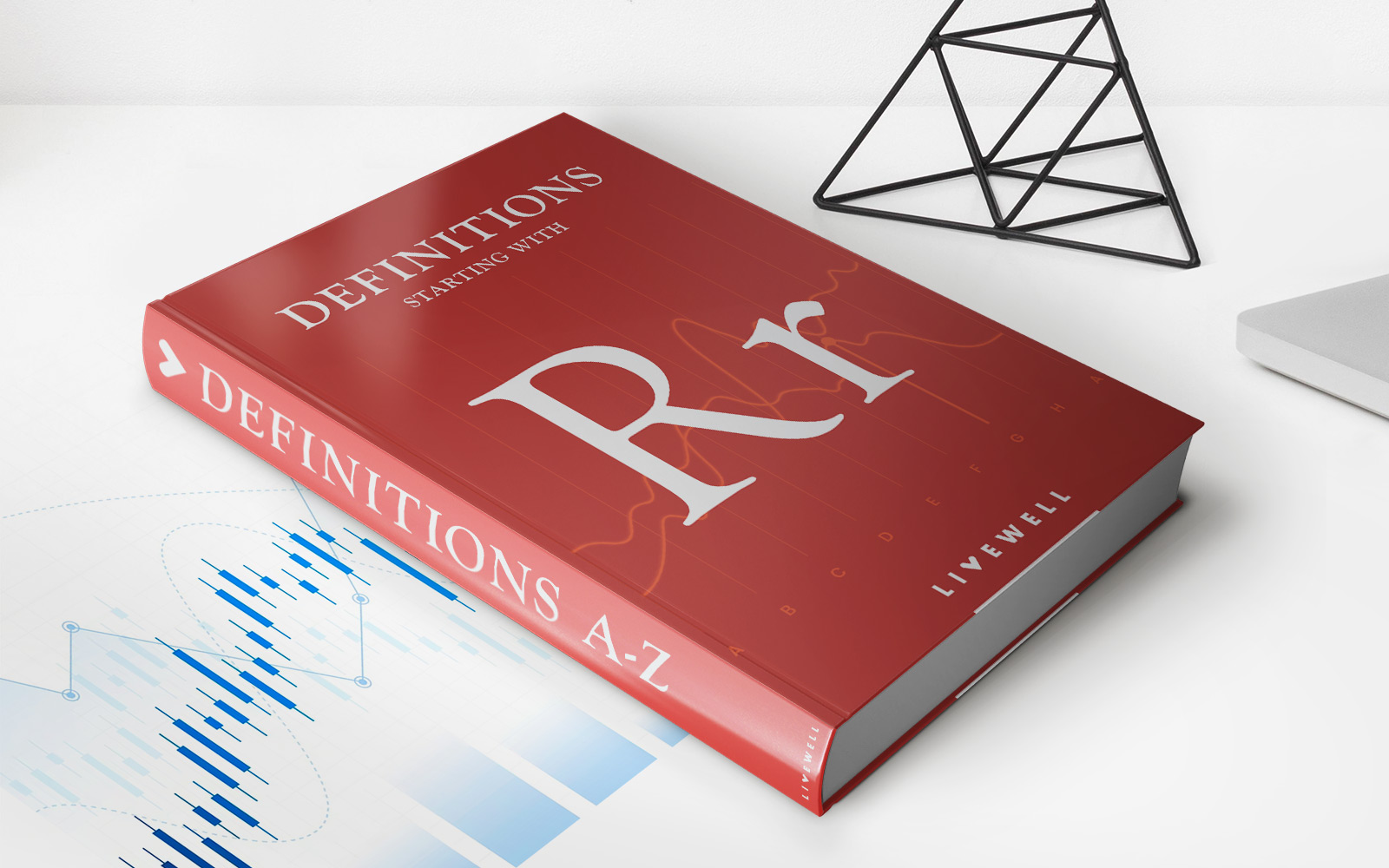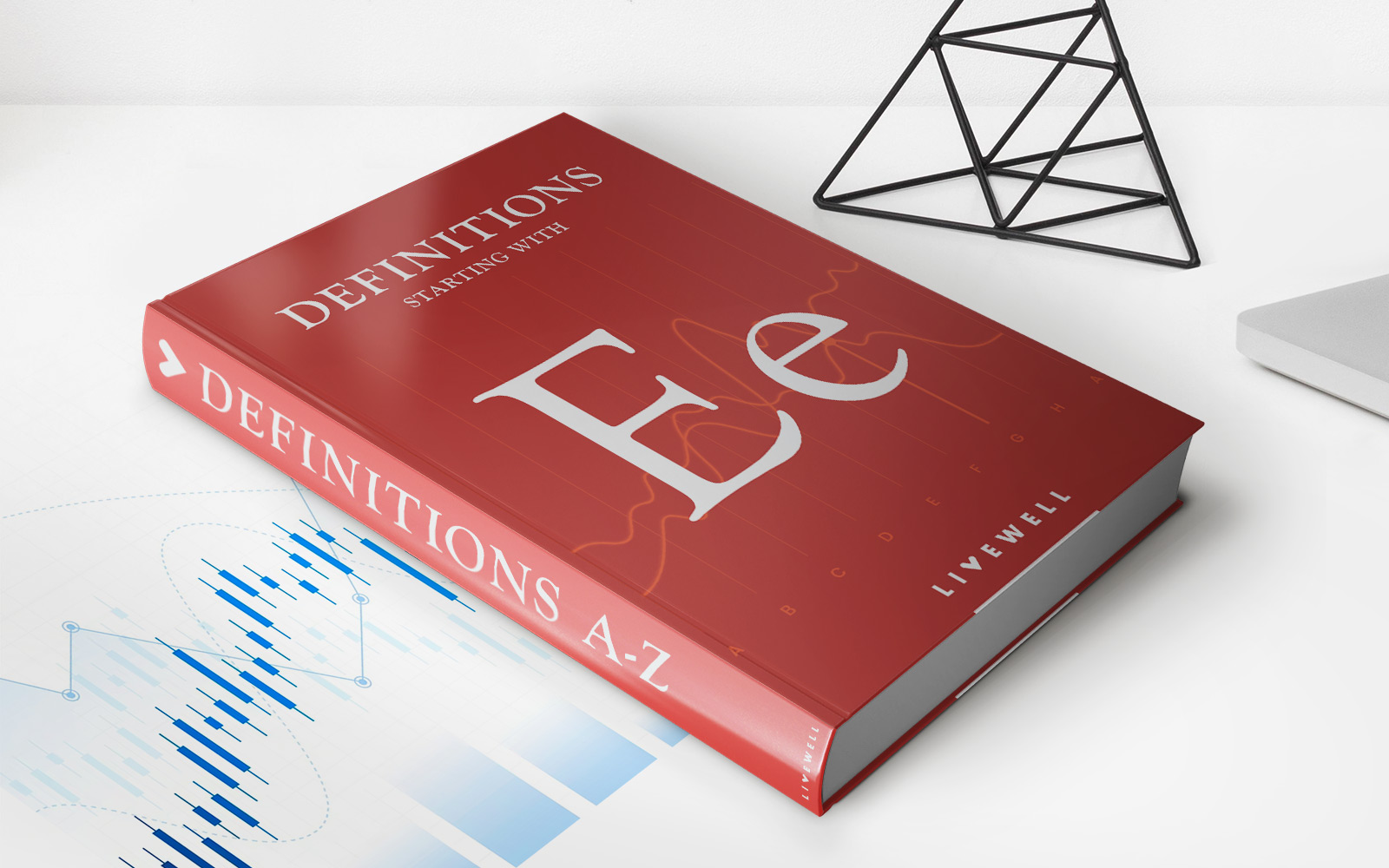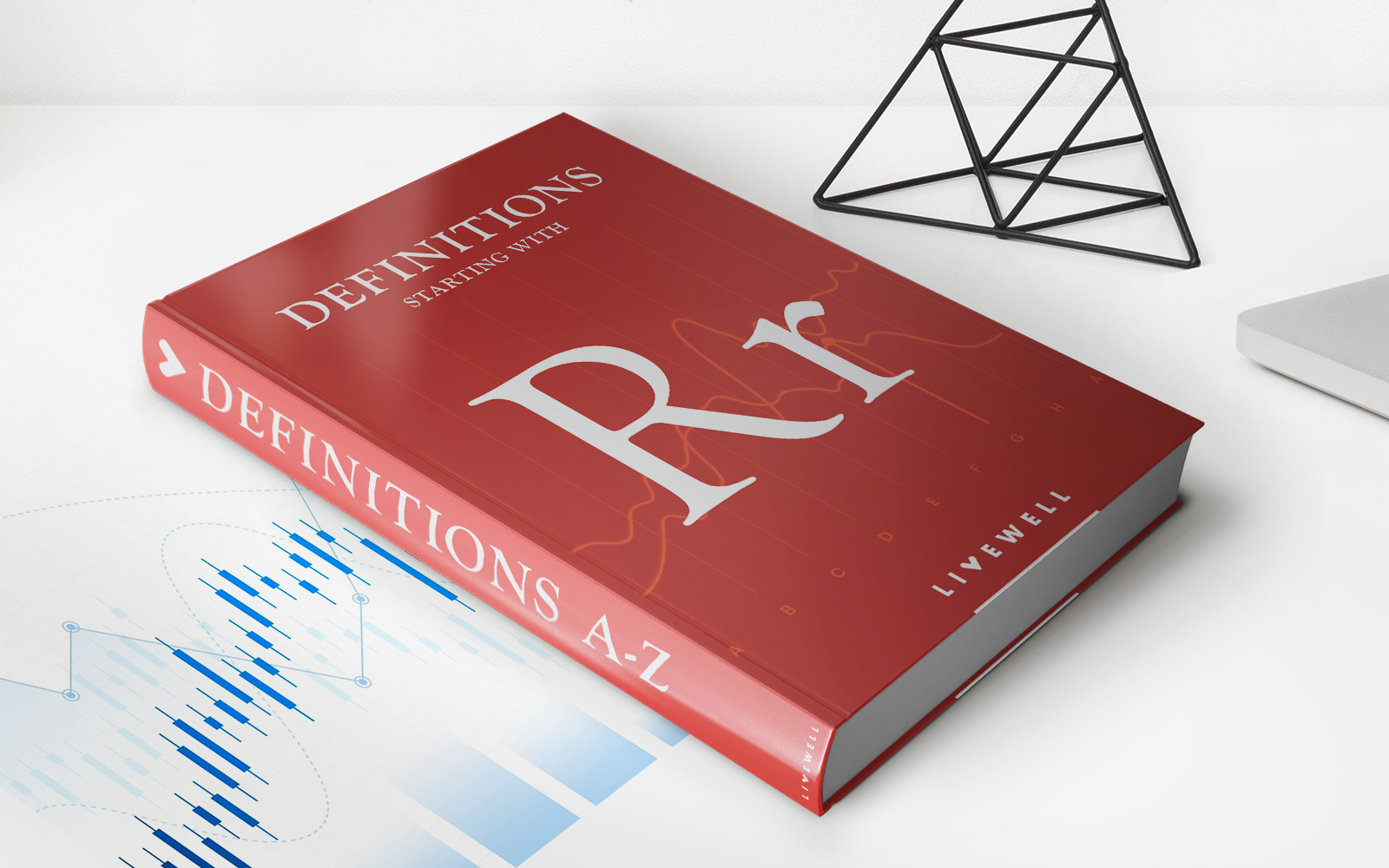

Finance
Rebate Barrier Option Definition
Published: January 16, 2024
Learn about rebate barrier options in finance, including their definition and how they work. Discover the benefits and risks associated with this type of financial instrument.
(Many of the links in this article redirect to a specific reviewed product. Your purchase of these products through affiliate links helps to generate commission for LiveWell, at no extra cost. Learn more)
Understanding Rebate Barrier Option Definition and its Significance in Finance
Greetings, finance enthusiasts! Today, we’re delving into the world of finance to explore the intriguing concept of rebate barrier options. If you’ve ever wondered what exactly a rebate barrier option is and how it fits into the broader landscape of financial instruments, you’re in the right place. In this blog post, we’ll define rebate barrier options and discuss their significance in the field of finance. So, let’s jump right in!
Key Takeaways:
- A rebate barrier option is a derivative contract that offers a rebate or a partial refund of the premium paid if the price of the underlying asset reaches or breaches a predetermined barrier level.
- Rebate barrier options can be useful for investors and traders looking to manage their risk exposure and potentially enhance their returns in certain market conditions.
So, what exactly is a rebate barrier option? In simple terms, it is a financial contract that combines the characteristics of a barrier option and a rebate. Barrier options are a type of option that becomes activated or extinguished when the price of the underlying asset crosses a pre-defined barrier level. On the other hand, rebates are partial refunds or cash payments provided by the seller of the option, regardless of whether the option is exercised or not.
Rebate barrier options offer investors and traders the opportunity to mitigate risk and potentially earn additional returns. By incorporating a rebate feature, these options provide a partial refund of the premium paid if the price of the underlying asset reaches or breaches the predetermined barrier level. This feature can be especially appealing in volatile markets, as it can help protect against losses while still offering the possibility of a payout if the underlying asset performs favorably.
The significance of rebate barrier options lies in their ability to provide a level of flexibility and risk management that traditional options may lack. Here are a few key reasons why these options are worth considering:
- Diversification of investment strategies: Rebate barrier options offer investors an additional tool in their arsenal to diversify their investment strategies. By incorporating these options into their portfolio, investors can potentially reduce their overall exposure to risk and enhance their potential returns.
- Tailor-made risk management: The customizable nature of rebate barrier options allows investors and traders to tailor their risk exposure according to their specific needs and market outlook. This can be particularly advantageous in highly volatile or uncertain market conditions.
- Potential for enhanced returns: The inclusion of a rebate feature in these options provides the opportunity for additional returns, even if the option does not end up being exercised. This can be an attractive prospect for investors seeking to optimize their investment performance.
In conclusion, rebate barrier options are a valuable financial instrument that combines the features of barrier options and rebates. They offer investors and traders the potential to manage risk, diversify their investment strategies, and potentially earn enhanced returns. By incorporating these options into their financial toolbox, individuals can navigate the complexities of the market with more confidence and efficiency.
We hope this blog post has shed light on the definition and significance of rebate barrier options in the world of finance. If you have any further questions or topics you’d like us to explore, feel free to reach out. Happy investing!
